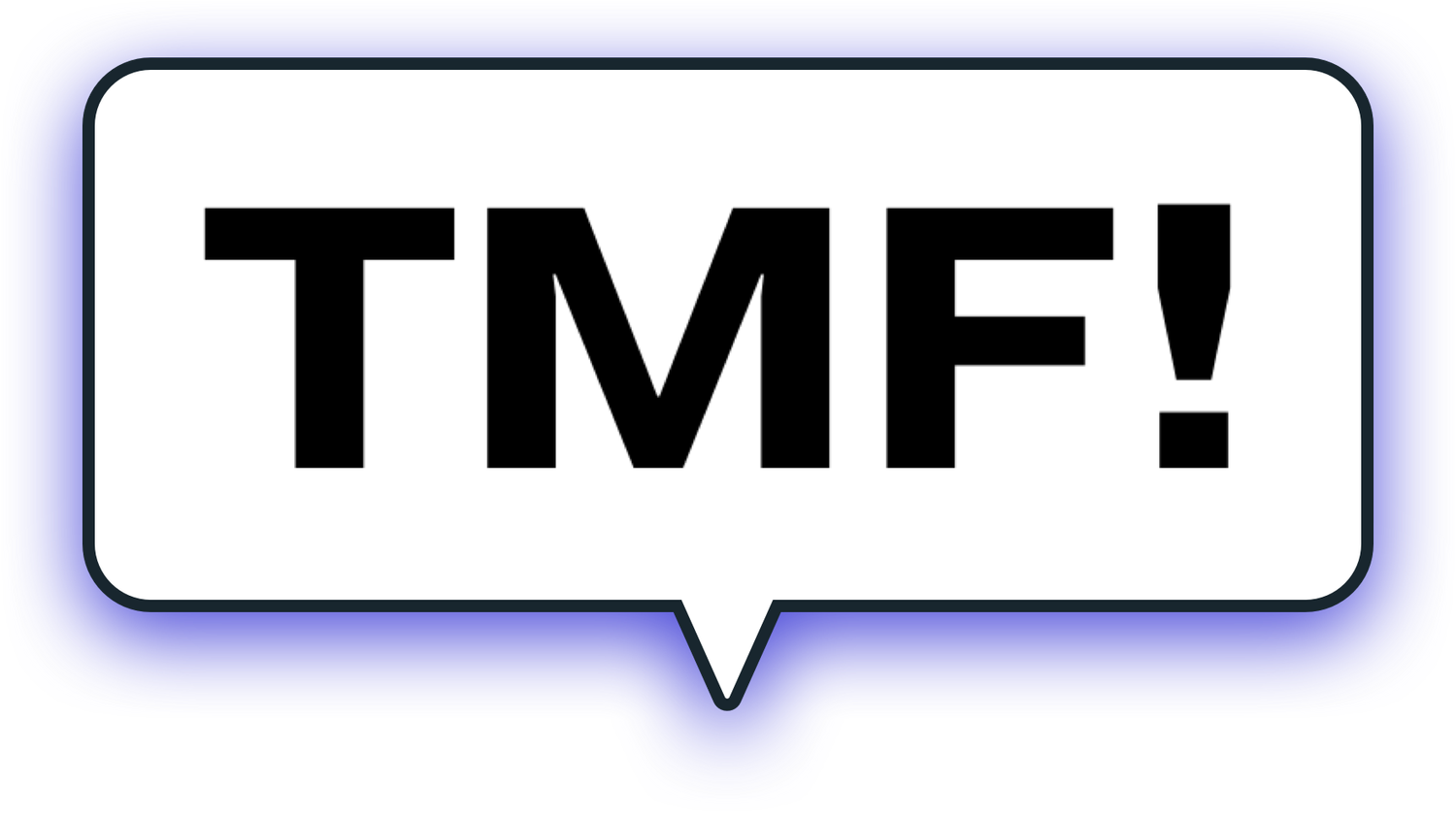In the Face of Adversity: How Facial Tech Found Its Halo
A few days ago I came across this article talking about how users on TikTok are misusing facial identification to expose people’s identity online. Unfortunately, this incident isn’t isolated, with more and more examples in recent years of our fundamental understanding of privacy eroding in front of us (Kids have already begun using deepfake to generate porn and bully their peers).
It used to only be governments and large technology companies who had this creepy ability to collect data and stalk our online presence, but the rise and ease of use of AI has supercharged the masses. Any content consumer can easily expose and exploit you and your likeness online.
In August of this year, Norwegian influencer Linnea Løtvedt woke up to a flood of messages from her friends and followers when someone had manipulated her Instagram photos with generative AI to create fake porn of her. “I want the fake images removed”, Linnea said in an interview, “but I don’t know how”.
We have long been warned about the indelible nature of the internet. “Once you post something it can never be removed”, was our warning growing up. Now, that expression doesn’t only pertain to what you yourself post, but also what others post about you.
Truth as a concept online is under attack, now more than ever.
Yet in light of these changing tides, AI has also given rise to new opportunities in combating this very issue. Last year, researchers published an article explaining how facial identification and video surveillance could be used for finding missing persons in large crowd gatherings. The American company Clearview AI is usingfacial technology to reunify families affected by the ongoing war in Ukraine. And now, ThatsMyFace is joining the good fight as well, using facial recognition.
Facial recognition has a bad rep. From Chineses CCTVs to fears of an Orwellian state in Zimbabwe, the technology has been finessed and perfected, often for the wrong reason. But we're going to use this technology for good.
ThatsMyFace is developing a way to clear the web of malicious content by identifying your face from photos and videos. We do this by partnering with large and small websites to scan anything being uploaded to these platforms. If your face pops up, we automatically send a request for removal on your behalf and notify you of the breach. Think of it as antivirus for your face, only free.
Our philosophy is that your personal identity belongs to you. Companies have a responsibility to combat bad actors online, and it shouldn’t be your responsibility to look for and remove such content yourself.
To wrap up, I'd like to address my fellow developers. We hope that the next generation of engineers realise the important role they play in the future of safety and privacy. It’s our responsibility to use this technology for good.
Written by Sigurd Johnsen Setså (CTO @ ThatsMyFace)


